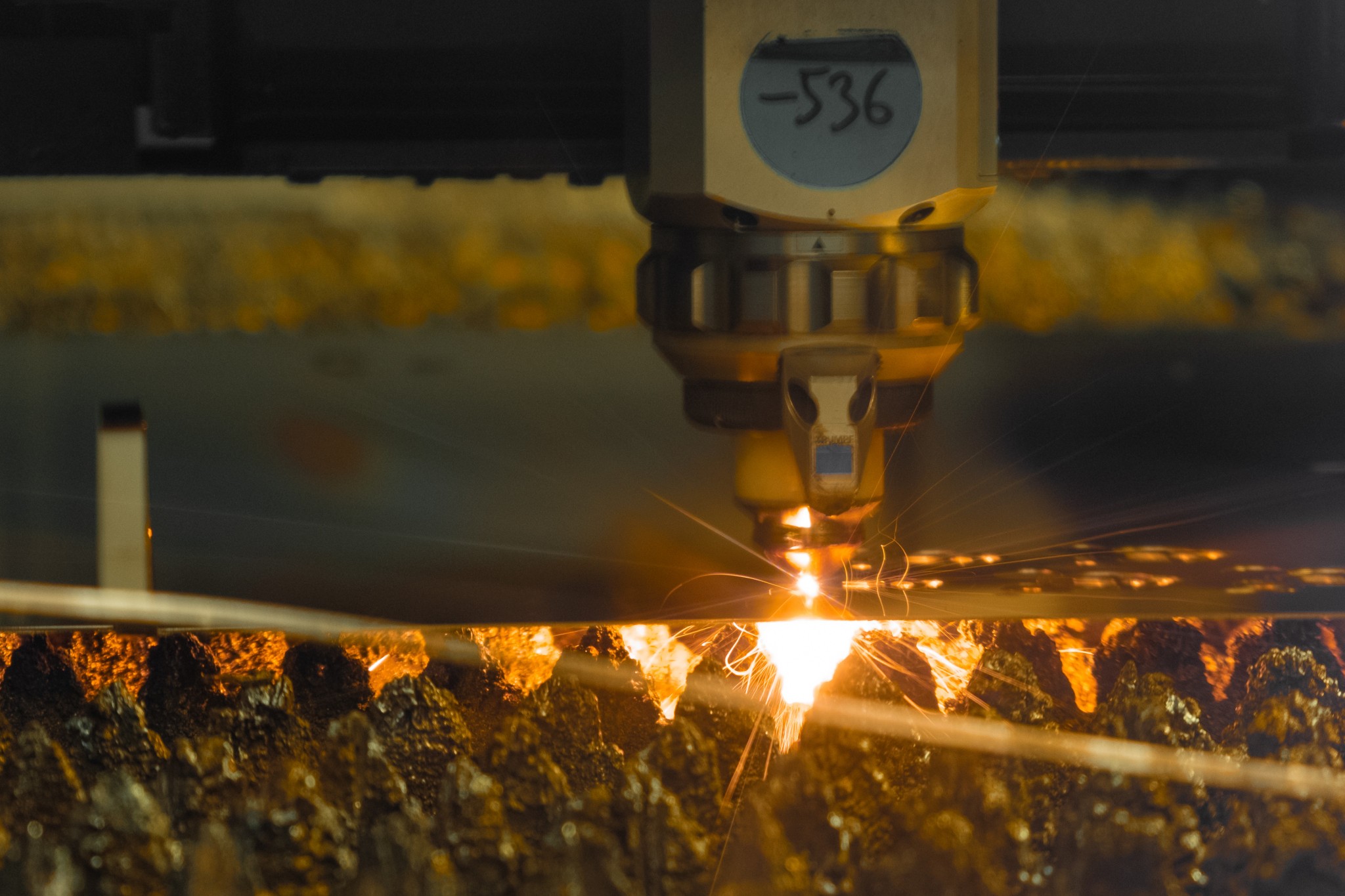The Art and Science of Metalworking: A Modern Alchemy+ View more
The Art and Science of Metalworking: A Modern Alchemy
+ View more
Date:2024-04-22 16:00
Metalworking is an intricate blend of artistry and precision engineering, a discipline that has been shaping civilization since its inception. It is the transformative process where raw, unshaped metals are meticulously crafted into practical tools, ornate artworks, machinery components, and structural elements. Today's metalworking techniques have evolved tremendously but remain grounded in three fundamental categories: forming, cutting, and joining.
Historical Evolution of Metalworking
The journey of metalworking spans millennia, with the earliest artifacts dating back to a copper pendant found in Iraq from around 8700 BCE. Crafted by ancient civilizations across the globe, metal objects symbolized power, devotion, and artistic expression. Over time, metalworking expertise passed through generations of artisans, blacksmiths, alchemists, and industrial workers, each contributing to the rich tapestry of the craft's history.
Techniques That Forge Modernity
Modern metalworking remains true to its roots while embracing innovative technologies. Each technique serves a distinct purpose and requires specialized knowledge of metal properties and behavior.
The Art of Cutting Metals
Precision cutting is fundamental in metalworking. Employing various methods from traditional milling and turning to advanced CNC machines and plasma cutters, this phase sculpts the metal down to exact specifications. These processes are pivotal in fields such as automotive production, construction, and custom fabrication.
Joining: The Unseen Backbone
Joining metals is akin to creating a symphony—individual pieces come together to form a harmonious structure. Welding uses high temperatures to fuse metals, suitable for robust constructions, whereas soldering, performed at lower temperatures, delicately joins finer works like jewelry. As metalworking technology progresses, new methods of joining continue to emerge, expanding the possibilities of creation.
Forming: Shaping the Metal Soul
Forming is the subtle art of bending and reshaping metals without adding or subtracting material. Techniques like forging—which involves heating and hammering—and roll forming exemplify the transformative power of metalworking. Metals can be molded into nearly any form, showcasing both strength and grace.
Casting: The Ancient Craft
Casting, a method traced back to 4000 BCE, remains integral to metalworking. This process involves pouring molten metal into molds to create detailed sculptures, tools, and jewelry. Whether it's through investment casting, die casting, or sand casting, this approach offers cost-effectiveness and the ability to replicate designs with precision.
Embarking on the Metalworking Journey
Learning metalworking can seem daunting due to the variety of techniques and equipment it encompasses. From creating delicate jewelry to constructing monumental structures, metalworking encompasses a wide spectrum of skills. Engaging with experienced mentors and taking formal classes can provide a solid foundation for safe and successful practice.
Discovering Metalworking at The Crucible
The Crucible stands as a beacon for aspiring metalworkers, offering courses in essentials like blacksmithing, foundry work, and welding. By learning in a controlled environment under expert supervision, students gain confidence and hands-on experience without the burden of investing in costly equipment upfront.
Metalworking FAQs
What tools are essential for metalworking?
A diverse array of tools is employed in metalworking, ranging from simple handheld devices to sophisticated machinery like band saws, angle grinders, and drill presses. Understanding their proper use is crucial for safety and craftsmanship.
Is metalworking difficult to master?
Metalworking mastery is a journey, influenced by the complexity of projects and availability of resources. Patience and practice are key, as well as comprehending the nuances of different metals and techniques.
What career paths are available for metalworkers?
Metalworking careers span numerous specialties, including welding, foundry work, machining, and jewelry making. Each avenue offers unique opportunities for creative and fulfilling work.
Are metalworkers well-compensated?
Compensation varies based on specialty, experience, and location. According to the U.S. Bureau of Labor Statistics, incomes range from $42,490 for welders to $53,650 for industrial ironworkers.
How does metalworking differ from blacksmithing?
While blacksmithing focuses on manipulating iron and steel using heat and force, it is but one aspect of the broader field of metalworking, which includes a multitude of materials and techniques.
In the hands of skilled metalworkers, the cold, rigid nature of metal is transformed into creations that are as diverse as they are essential to our daily lives—a true testament to the enduring legacy and evolving future of this timeless craft.
Share to:
Recommend wonderful blog posts

